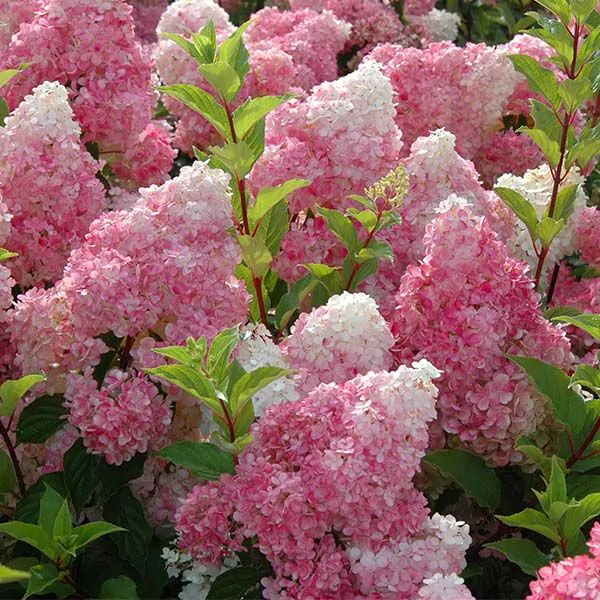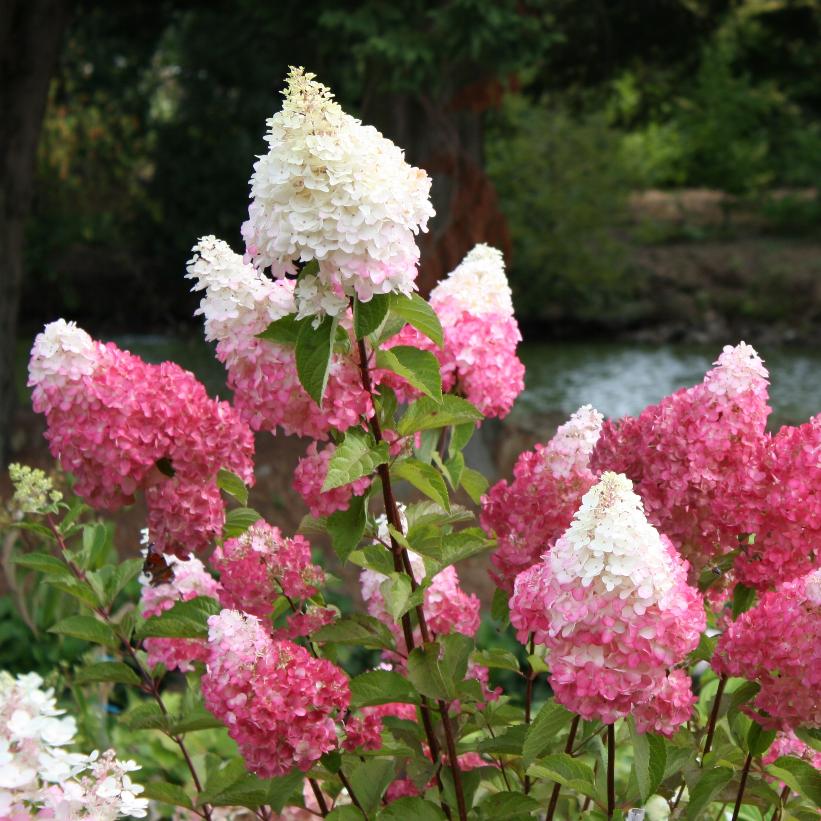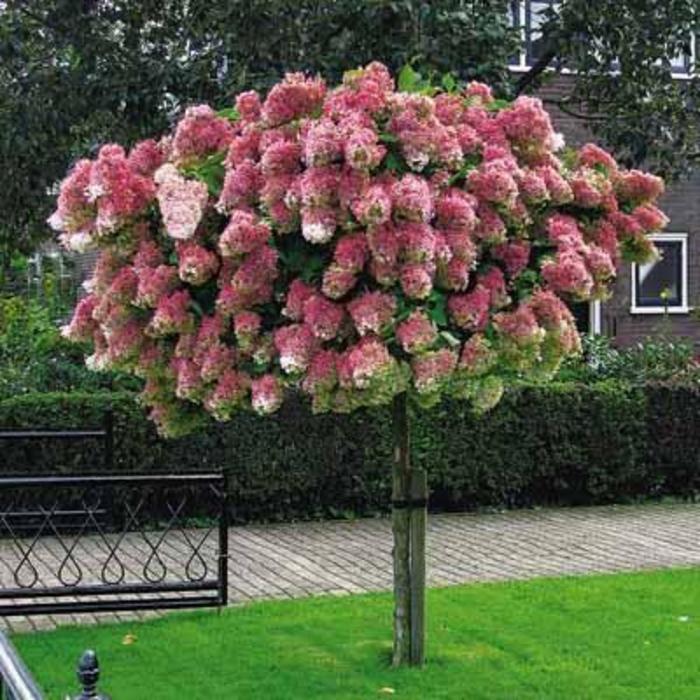How To Grow Hydrangea Paniculata Renhy For Stunning Blooms
Introduction
Hydrangea Paniculata Renhy is a beautiful and versatile shrub that is known for its large, cone-shaped blooms. The blooms start out white and gradually transition to pink and then red as they age. This gives the shrub a stunning multi-colored effect that is sure to turn heads.
Hydrangea Paniculata Renhy is a relatively easy plant to grow, but it does require some basic care. In this blog post, we will discuss the best conditions for growing Hydrangea Paniculata Renhy, as well as how to care for it to ensure that it blooms its best.
Main Content
Choosing a location
The first step to growing Hydrangea Paniculata Renhy is to choose a location. This shrub prefers full sun, but it can tolerate partial shade. If you live in a hot climate, you may want to plant it in a spot that gets some afternoon shade.
The soil should be rich and well-drained. Hydrangea Paniculata Renhy is not tolerant of wet feet, so it is important to make sure that the soil drains well. If you have poor soil, you can improve it by adding compost or other organic matter.
Planting
The best time to plant Hydrangea Paniculata Renhy is in the spring or fall. When planting, dig a hole that is twice as wide as the root ball and just as deep. Place the root ball in the hole and backfill with soil, tamping down gently as you go. Water the plant well after planting.
Watering
Hydrangea Paniculata Renhy needs regular watering, especially during the first year after planting. Once the plant is established, it will need less water. However, it is important to keep the soil moist, especially during hot, dry weather.
Fertilizing
Hydrangea Paniculata Renhy benefits from a light application of fertilizer in the spring. You can use a balanced fertilizer, such as 10-10-10, or a fertilizer specifically formulated for hydrangeas.
Pruning
Hydrangea Paniculata Renhy does not require a lot of pruning. However, you may want to remove any dead or diseased branches in the spring. You can also prune the plant to shape it or to control its size.
Blooming
Hydrangea Paniculata Renhy blooms in mid-summer. The blooms will last for several weeks, and they can be enjoyed fresh or dried.
Winter care
Hydrangea Paniculata Renhy is hardy in Zones 4-9. In colder climates, the plant may need some winter protection. You can do this by covering the plant with a burlap sack or by mounding soil around the base of the plant.
Conclusion
Hydrangea Paniculata Renhy is a beautiful and easy-to-grow shrub that is sure to add color and interest to your garden. With proper care, this plant will bloom its best for many years to come.
Hydrangea paniculata Renhy is a beautiful and versatile shrub that is known for its large, cascading flowers that change color from white to pink to red throughout the summer. It is a relatively easy-care plant that can be grown in a variety of settings, making it a popular choice for home gardeners.
If you are interested in learning more about Hydrangea paniculata Renhy, I recommend visiting the . This website has a wealth of information about the plant, including its history, care requirements, and planting tips. You can also find photos of the plant in its different stages of bloom, which will help you visualize how it will look in your garden.
I hope this helps!
FAQ of hydrangea paniculata renhy
Q: What are the best growing conditions for Hydrangea paniculata Renhy?
A: Hydrangea paniculata Renhy prefers a sunny to partially shaded location in the garden or on the balcony, sheltered from the wind. It can be planted all year round, but should ideally be planted out in spring. The soil should be fresh, well-drained, rich in humus and nutrients, with a pH between 5.5 and 6 (slightly acidic).
Q: How do I care for Hydrangea paniculata Renhy?
A: Hydrangea paniculata Renhy is a relatively easy plant to care for. It needs regular watering, especially during the growing season. It should be fertilized once a month with a balanced fertilizer. In the fall, the spent flowers should be removed to encourage new growth in the spring.
Q: What are some common pests and diseases that affect Hydrangea paniculata Renhy?
A: The most common pests that affect Hydrangea paniculata Renhy are aphids, scale insects, and spider mites. These pests can be controlled with insecticidal soap or neem oil. The most common diseases that affect Hydrangea paniculata Renhy are leaf spot and powdery mildew. These diseases can be controlled with fungicides.
Q: How do I propagate Hydrangea paniculata Renhy?
A: Hydrangea paniculata Renhy can be propagated by softwood cuttings in the spring or summer. Take 4-6 inch cuttings from healthy, non-flowering stems. Remove the lower leaves and dip the cuttings in rooting hormone. Plant the cuttings in a well-drained potting mix and keep them moist. The cuttings should root in 4-6 weeks.
Q: How long does Hydrangea paniculata Renhy live?
A: Hydrangea paniculata Renhy can live for many years, with a lifespan of up to 50 years. It is a hardy plant that can withstand cold winters and hot summers.
Image of hydrangea paniculata renhy
5 different images of "hydrangea paniculata renhy" from Pinterest:
- A full bush of hydrangea paniculata renhy in full bloom. The flowers are a light pink color with a darker pink center.

- A close-up of a single hydrangea paniculata renhy flower. The petals are soft and delicate, and the color is a beautiful shade of pink.

- A cluster of hydrangea paniculata renhy flowers in a vase. The flowers are arranged in a loose, cascading style.

- A hydrangea paniculata renhy plant in a garden setting. The plant is surrounded by other flowers and foliage, creating a lush and colorful display.

- A hydrangea paniculata renhy plant in the fall. The flowers have turned a beautiful shade of pink-purple, and the leaves are starting to change color.

Post a Comment for "How To Grow Hydrangea Paniculata Renhy For Stunning Blooms"